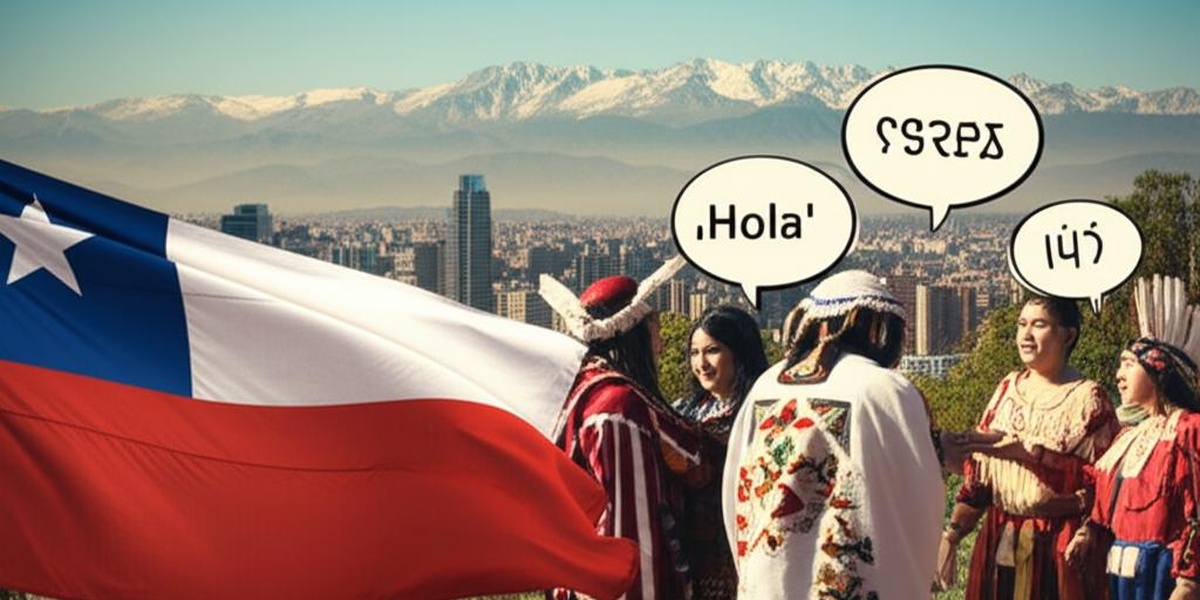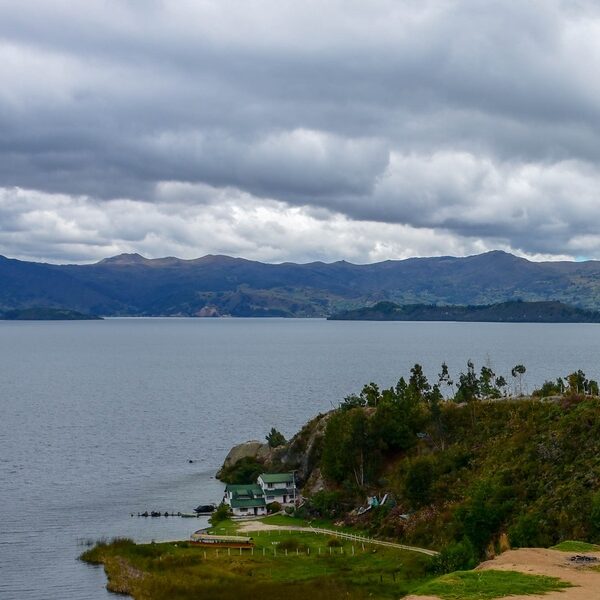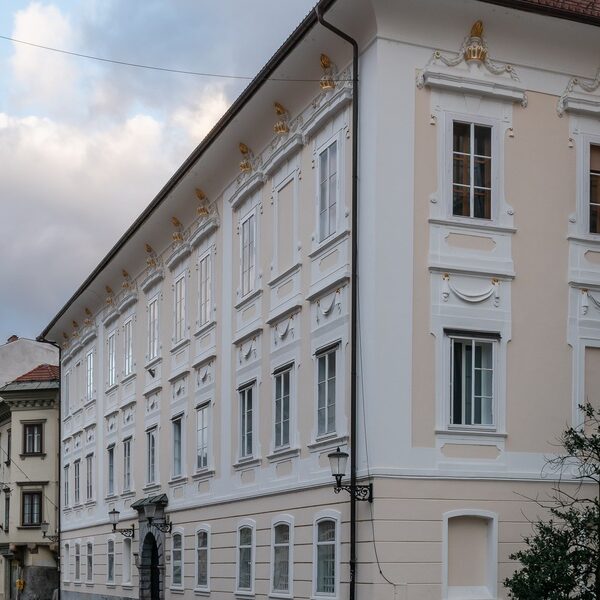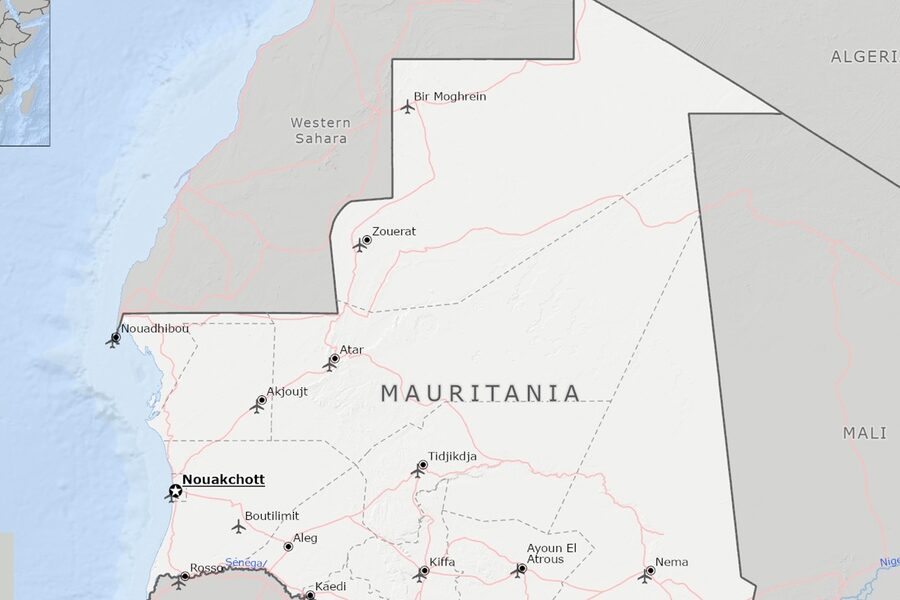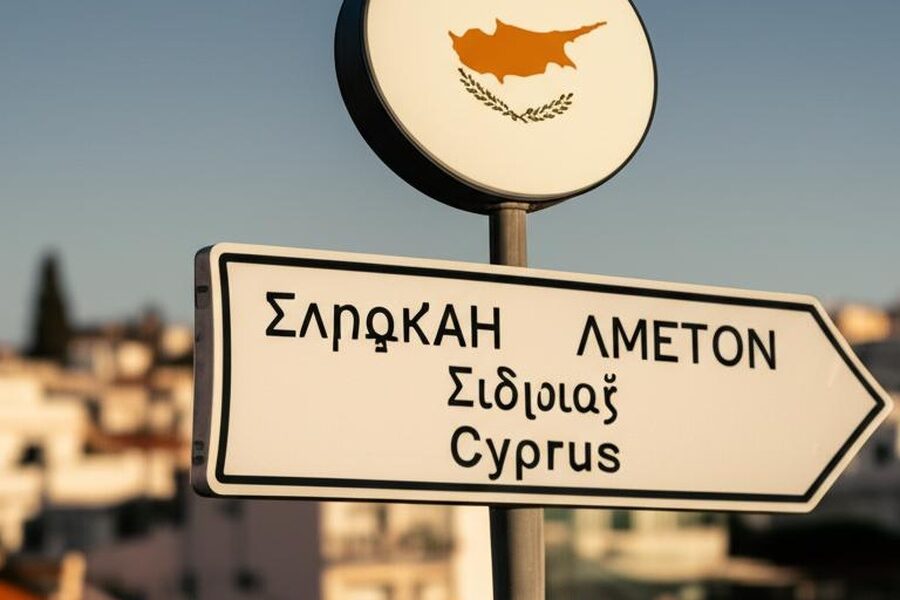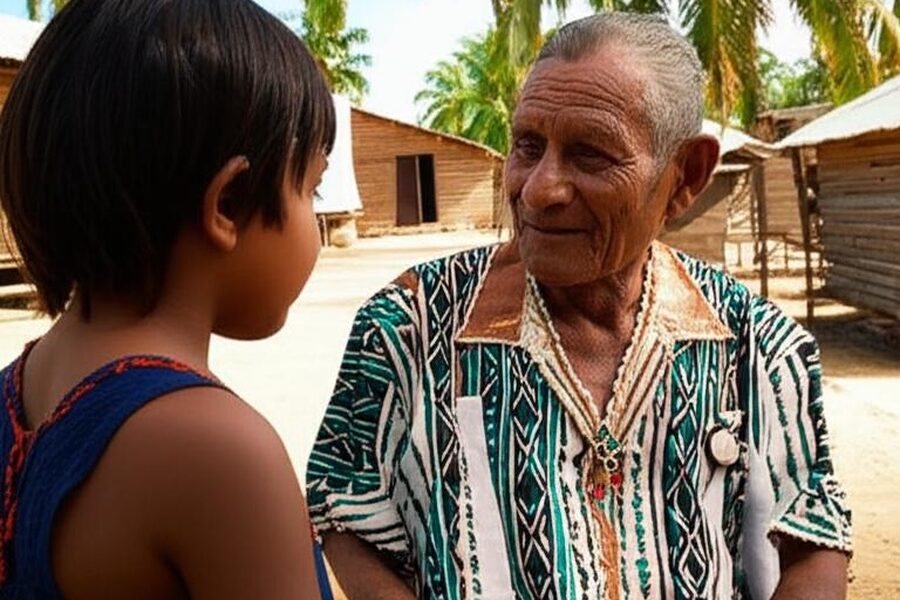Chile’s long, narrow landscape—from arid northern deserts to icy southern channels—supports a surprisingly diverse set of languages. Big cities and remote communities preserve different tongues that reflect the country’s Indigenous and colonial histories.
There are 8 Official Languages in Chile, including Indigenous varieties such as Aymara,Yagán; for each language you’ll find below entries organized by Legal status,Regions,Speakers (est.), you’ll find below.
Are all eight languages officially recognized the same way across the country?
Recognition varies: some languages receive national legal protection, others are recognized regionally or supported through specific Indigenous rights and cultural programs. Check the “Legal status” entry for each language below to see whether its recognition is national, regional, or limited to certain communities.
How accurate are the speaker estimates and how should I interpret them?
Speaker counts are usually rough estimates from censuses and linguistic surveys and can undercount bilingual or shifting speakers; use the “Speakers (est.)” column as a general guide and consult cited sources or recent field studies for up-to-date figures.
Official Languages in Chile
| Language | Legal status | Regions | Speakers (est.) |
|---|---|---|---|
| Spanish | De facto and de jure official language of the Republic | Nationwide | 18,000,000 |
| Mapudungun | Legally recognized by the Indigenous Law No. 19.253 | Araucanía, Biobío, Los Ríos, Los Lagos | 150,000 |
| Aymara | Legally recognized by the Indigenous Law No. 19.253 | Arica y Parinacota, Tarapacá | 20,000 |
| Rapa Nui | Legally recognized by the Indigenous Law No. 19.253 | Easter Island (Rapa Nui) | 800 |
| Quechua | Legally recognized by the Indigenous Law No. 19.253 | Antofagasta | 1,000 |
| Kawésqar | Legally recognized by the Indigenous Law No. 19.253 | Magallanes (Patagonian channels) | Fewer than 10 |
| Yagán | Legally recognized by the Indigenous Law No. 19.253 | Magallanes (Navarino Island) | 0 (functionally extinct) |
| Kunza | Extinct; people recognized by Indigenous Law No. 19.253 | Antofagasta (Atacama Desert) | 0 (extinct) |
Images and Descriptions

Spanish
The official language of Chile, used in all government, education, and public domains. Chilean Spanish has a distinct accent and vocabulary and is spoken by nearly the entire population, central to national identity and daily life.
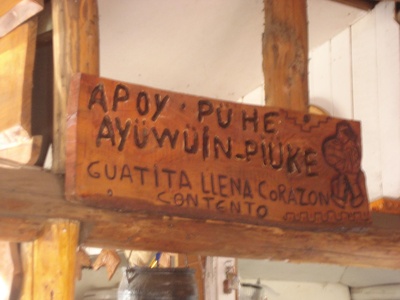
Mapudungun
The language of the Mapuche, Chile’s largest indigenous group. Spoken mainly in south-central Chile, it is an isolate language considered endangered despite revitalization efforts. It holds immense cultural and political significance for the Mapuche people.
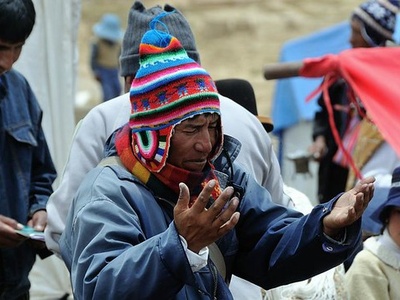
Aymara
Spoken by the Aymara people in the high Andean plains of northern Chile, near the borders with Bolivia and Peru. The language is central to Aymara cultural identity and traditions, though it is considered a threatened language within Chile due to pressure from Spanish.
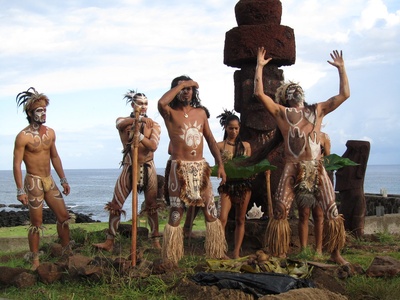
Rapa Nui
The Polynesian language native to Easter Island. It is critically endangered, with very few fluent speakers remaining, mostly among the older generation. Revitalization programs are in place to teach the language to children and preserve its unique cultural and historical heritage.
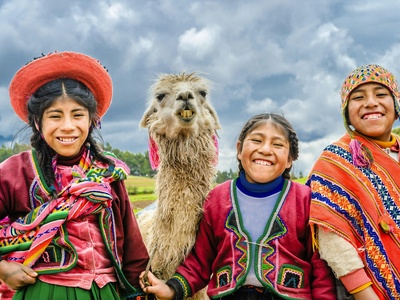
Quechua
A variety of Southern Quechua spoken by a small population in the Andes of northern Chile. Closely related to Quechua in Bolivia and Peru, the language is severely endangered within Chile, with very few speakers remaining in the El Loa province.
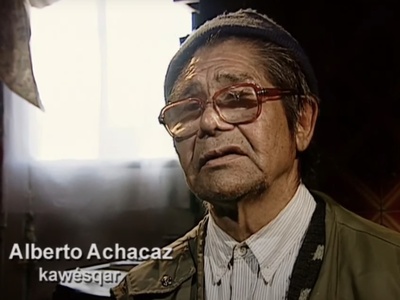
Kawésqar
The language of the nomadic Kawésqar people of the Patagonian channels. It is critically endangered and on the verge of extinction, with only a handful of elderly speakers left. Urgent efforts are underway to document the language before it disappears completely.

Yagán
The language of the Yagán people of Tierra del Fuego, once the world’s southernmost language. It became functionally extinct in 2022 with the passing of its last native speaker. The community is now working to document and possibly revive the language.

Kunza
The original language of the Atacameño (Likan Antai) people in the Atacama Desert. While the language went extinct in the mid-20th century, the Atacameño people are legally recognized, and there is growing interest in reviving and reclaiming their linguistic heritage.

